- TOP>
- Geographical Features
 Geographical Features
Geographical Features
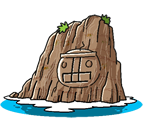

Seiyo City has an altitude difference of 1400 meters, with the expanse of natural diversity including the sea, villages, and mountains. We can gaze upon various geographic features that have been formed there since time immemorial.
 Geographical Features of Seiyo City
Geographical Features of Seiyo City
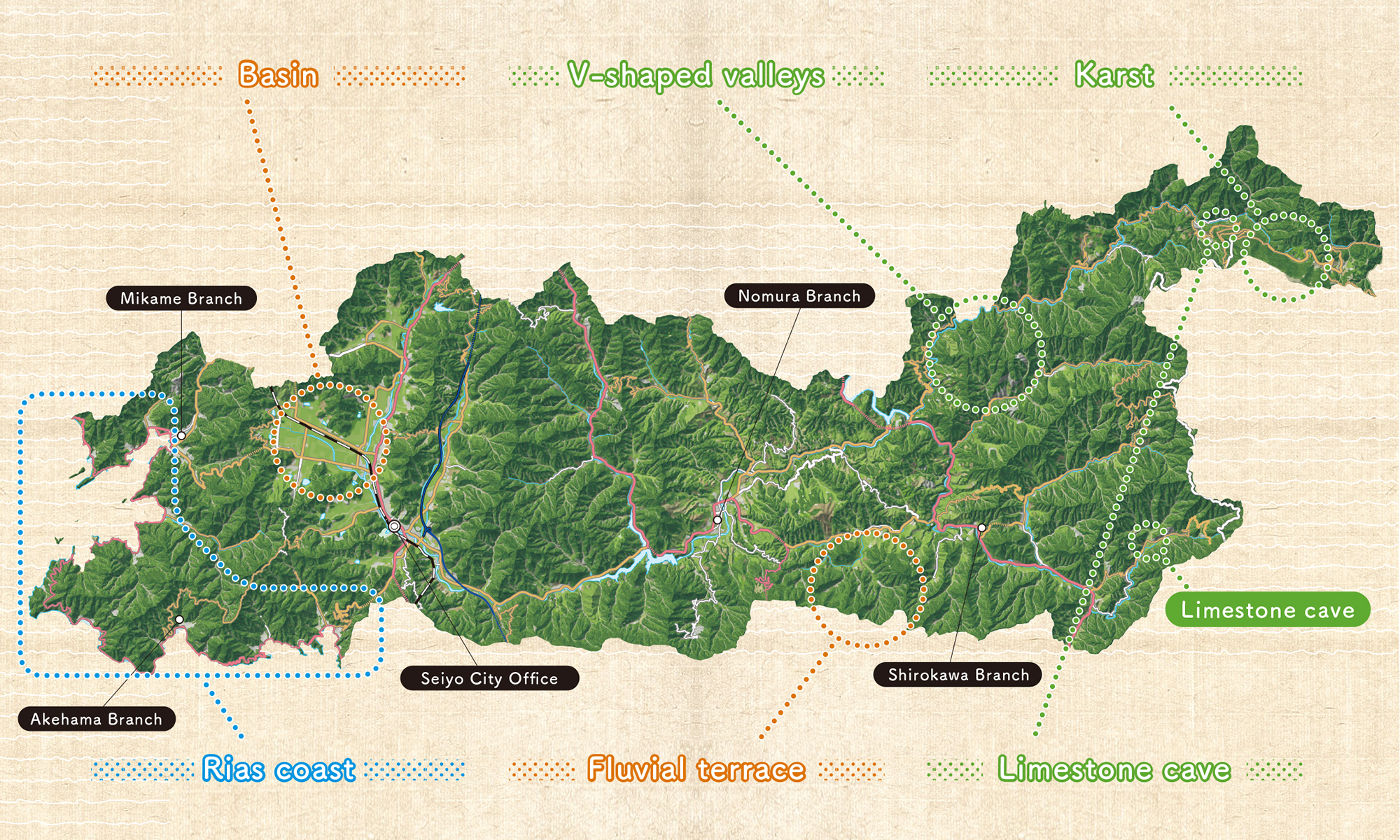
 Karst
Karst
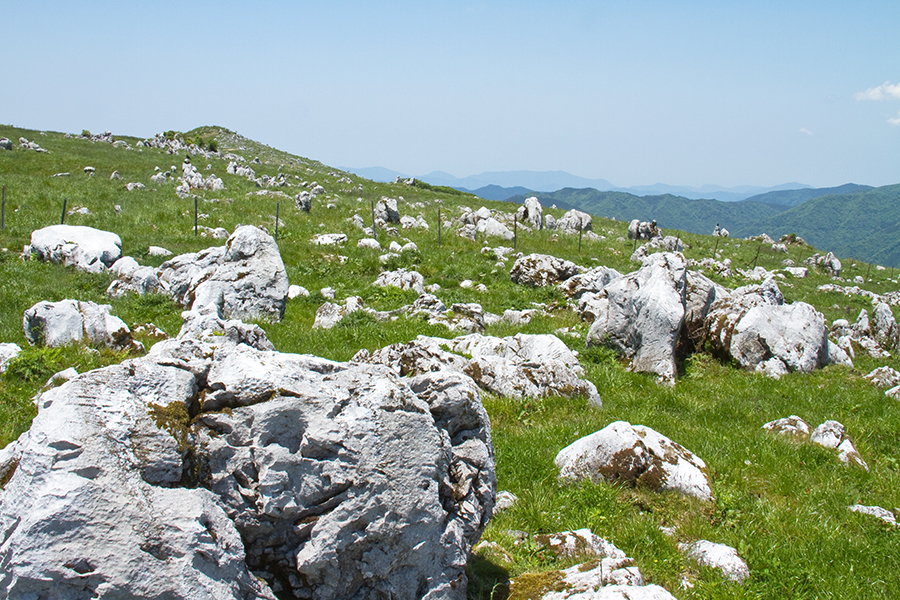
The karst topography was formed when water-soluble rocks called limestone were dissolved by rainwater. Gently sloping landscapes are characteristic.
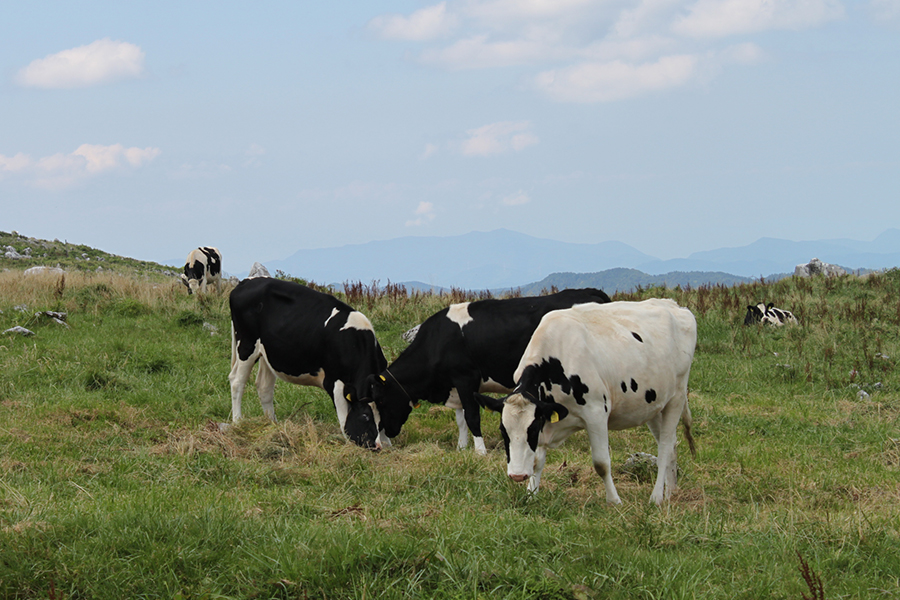
One of Ehime’s leading pasturelands
Onogahara was opened for farming after World War II, and dairy farming has developed there, as edible grass for cattle can grow even in cold highlands. At present, this area produces about 10% of the fresh milk in Ehime.
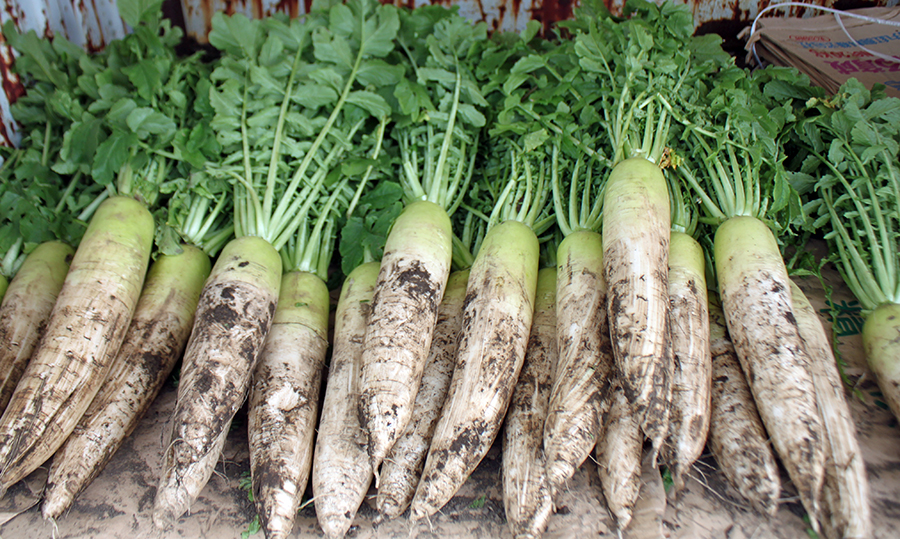
Andosol and Onogahara Daikon
In the Terayama district, cultivation of vegetables such as Onogahara Daikon on the karst fields called “polje”, with
well-drained soil of volcanic ash and humus known as Andosol, is widespread, making the best of a cold climate.
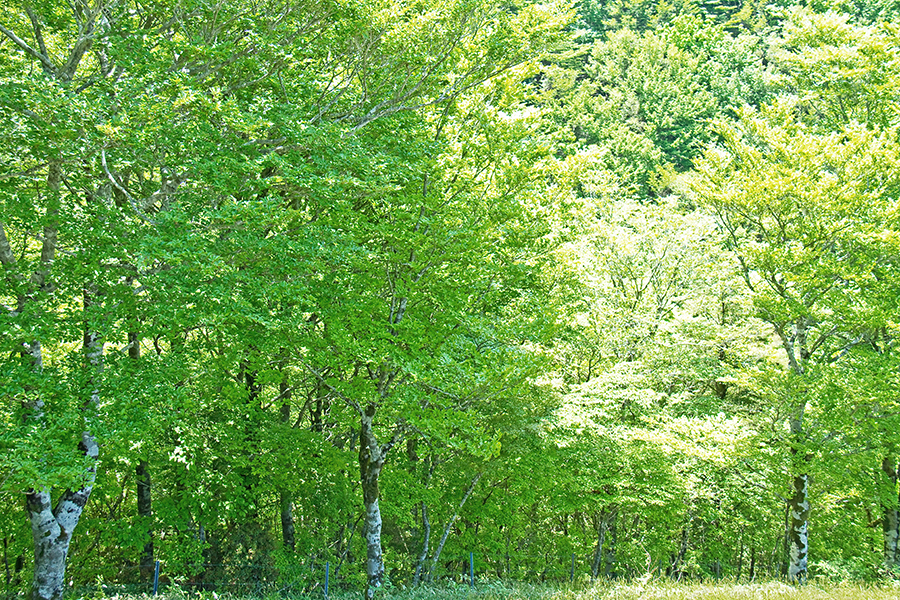
“Green dam” supports people’s lives on Onogahara.
Securing water can be a problem on Onogahara, which is at an altitude of more than 1000 meters. However, the Virgin Beech Forest, which has as much as three times the water holding capacity of bare land, supports the lives of people and their livestock.
 Limestone cave
Limestone cave
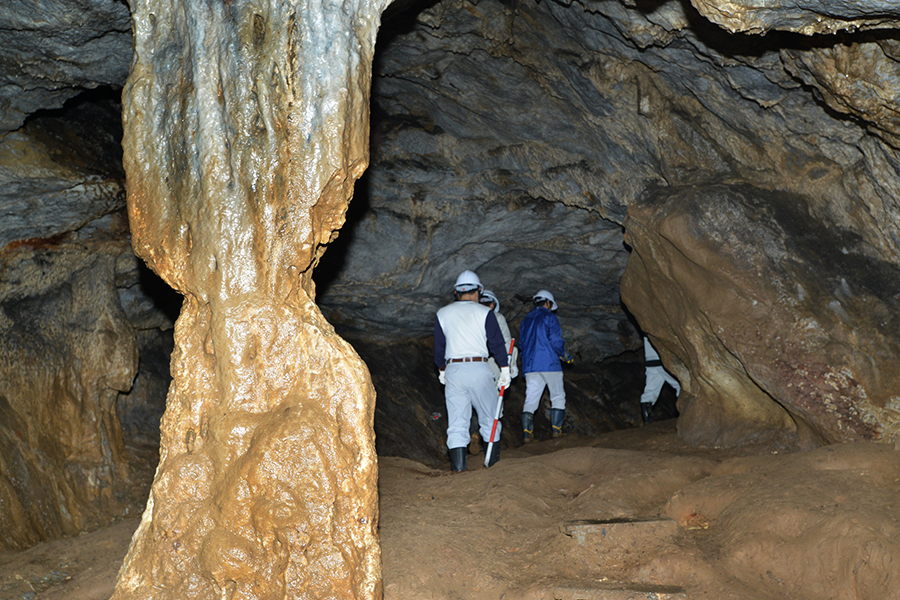
These caves were formed when limestone in the earth was eroded by rain and groundwater. Water drops containing the limestone have become beautiful stalactites.
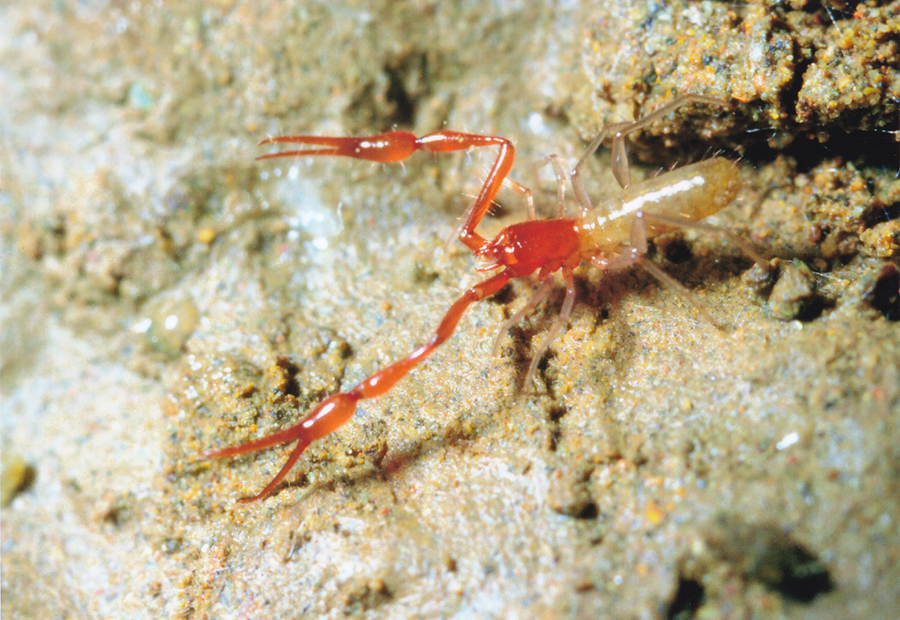
Some living creatures inhabit only this limestone cave.
In the Rakan Hole, which has been chosen as one of Japan’s top 100 caves, we can observe a rare ecosystem with arthropods and bats adapted to the cave environment.
 V-shaped valleys
V-shaped valleys
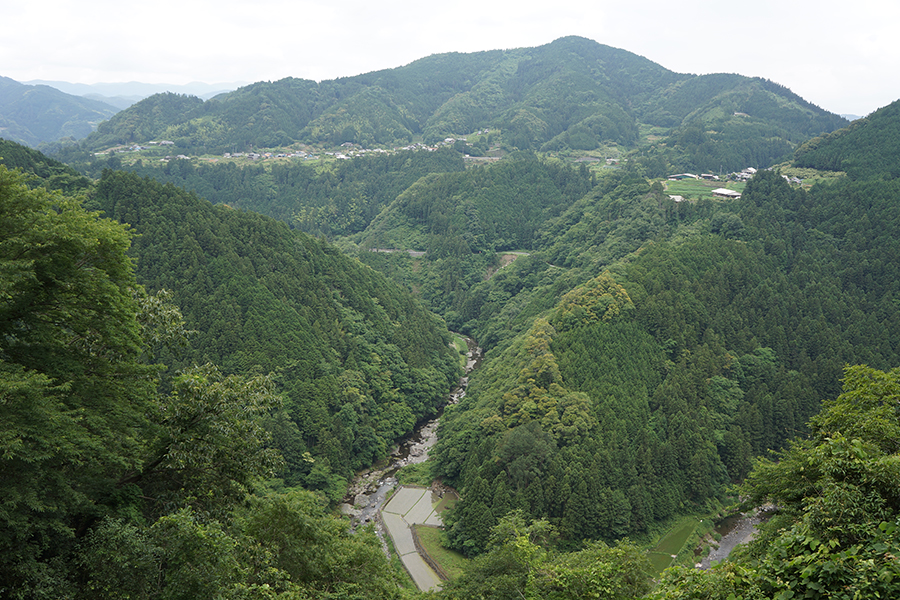
These are deep valleys formed when the riverbeds and banks were eroded by strong currents. These geographic features are often seen in the upstream areas.
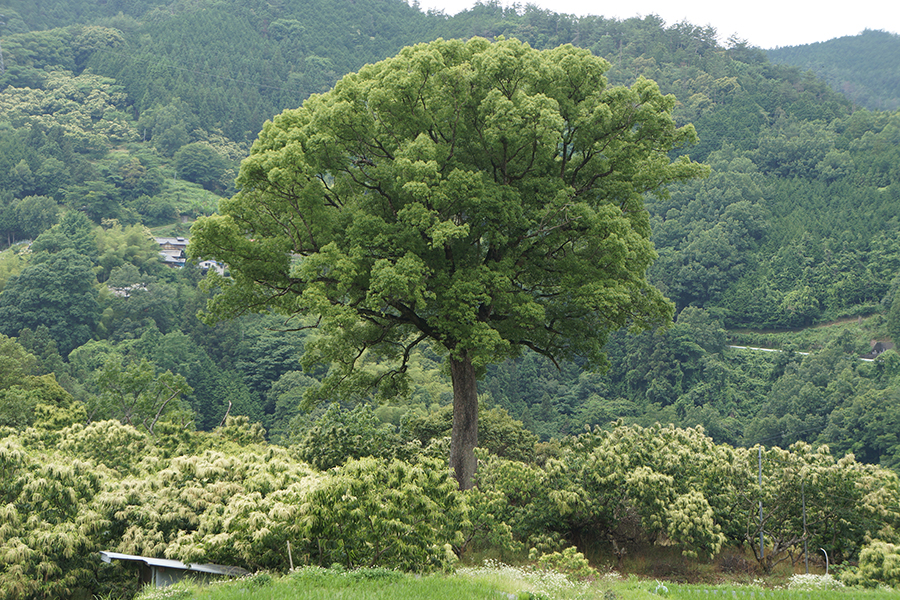
Large camphor trees played a role in transportation.
In the days when road infrastructure was not well developed, villagers on each side of V-shaped valleys of the Funato River transported small things such as mail to the other side of the valley by wires attached to 200-year-old camphor trees.
 Basin
Basin

These geographic features were made flat and lower than the surrounding mountains by tectonic movements. The Uwa Basin in Seiyo City is 200 meters above sea level.
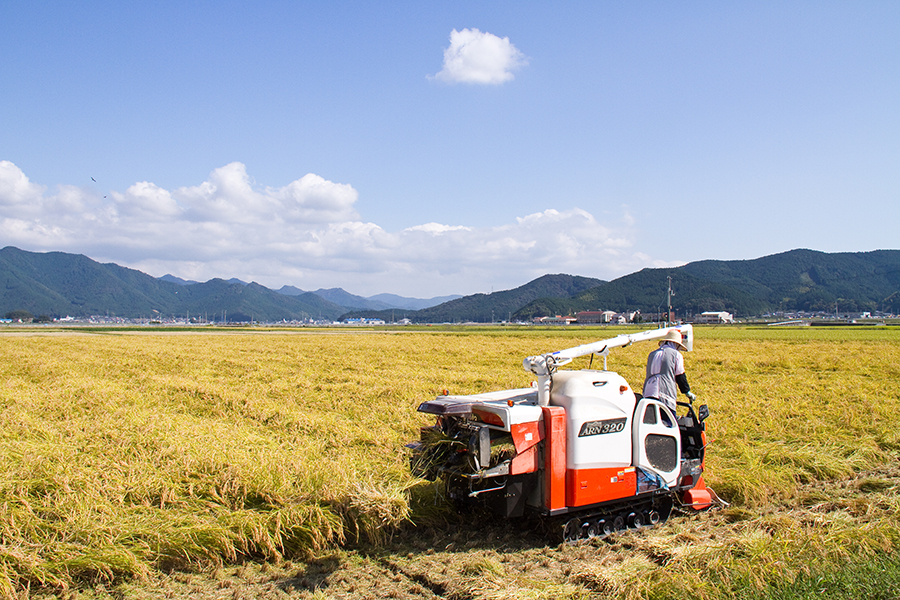
One of Ehime’s prominent rice-producing areas
Rice cultivation began in the Uwa Basin in as early as 400 B.C. In the Edo era, some reservoirs were made for irrigation, and now there are about 130 reservoirs.
 Fluvial terrace
Fluvial terrace
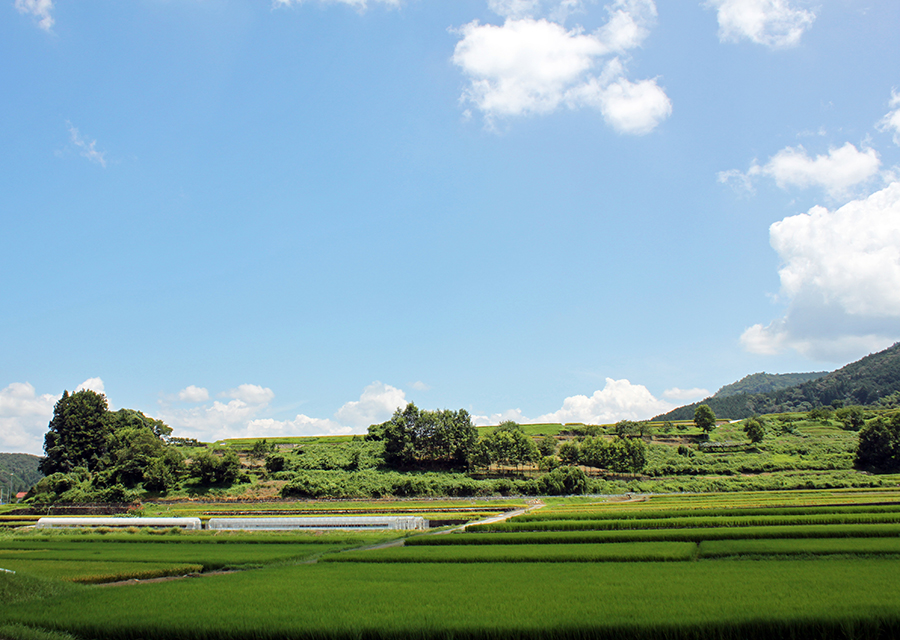
A fluvial terrace is formed when flat parts of a riverbed rise. We can see round stones that are evidence that the area used to be a riverbed.
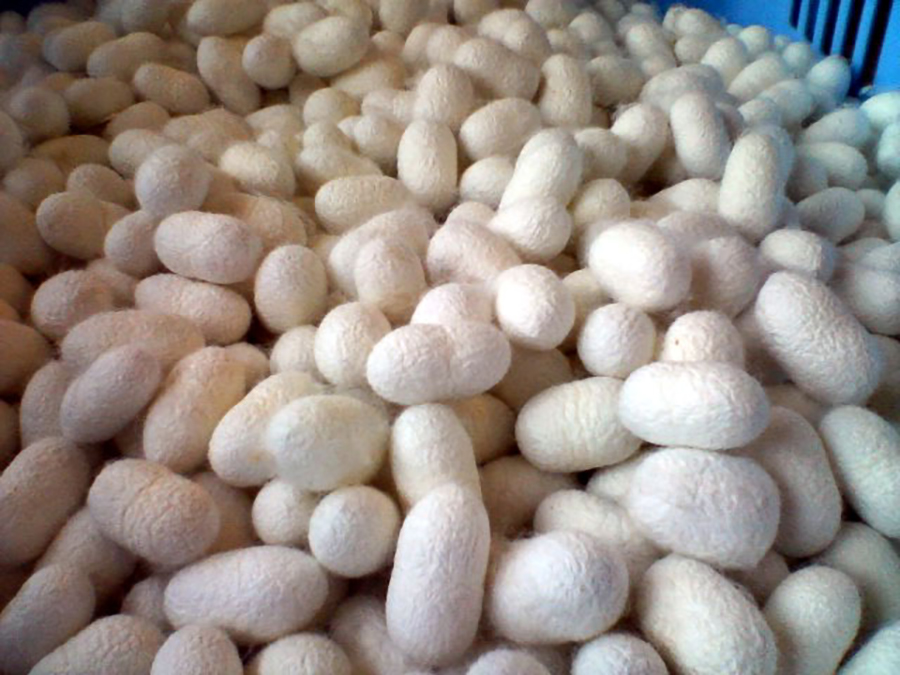
Silk used in the coronation dress of Queen Elizabeth II
Sericulture spread rapidly on the fluvial terrace in Nomura Town from the early Meiji era. The raw silk, with the bland name Camellia (a white camellia), is evaluated highly at home and abroad.
 Rias coast
Rias coast

This coastline was formed when the sea level was raised by global climate change and seawater flowed into the valleys. They have become natural fishing grounds with calm waves.
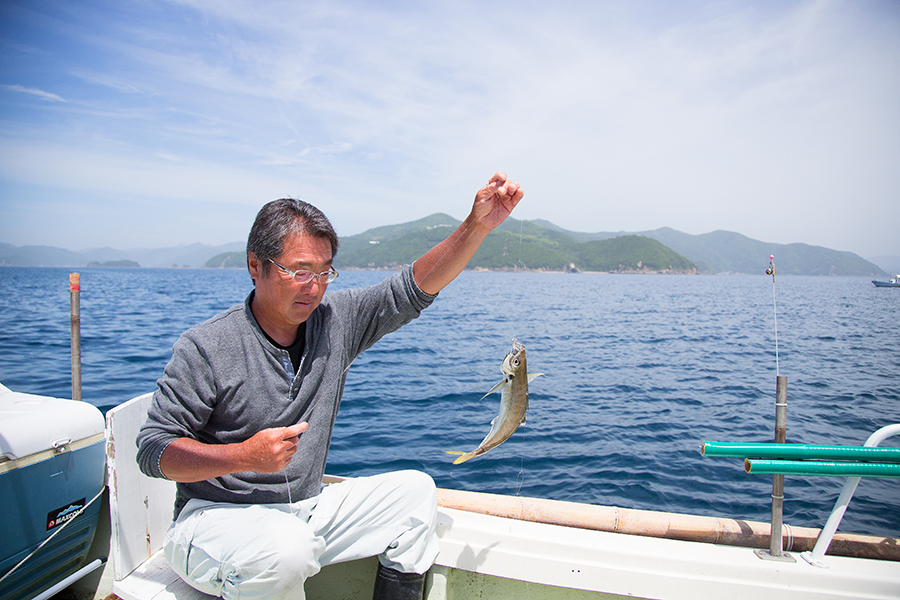
Fertile sea for both catching and raising fish
The rias coastal waters have become rich fishing grounds into which phytoplankton flows from the mountains. In addition, the calm inlets and the deep water are suitable for fish farming.
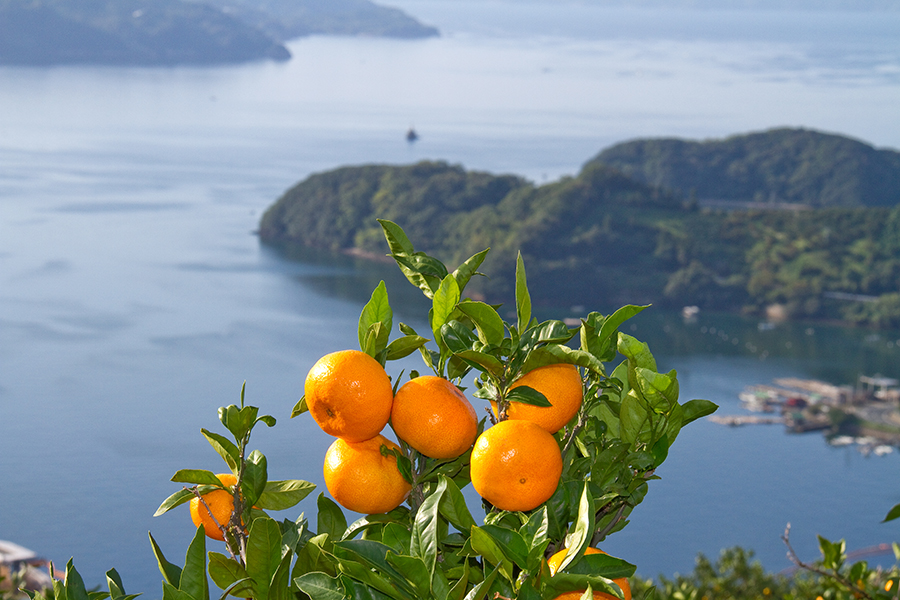
Terraced fields - one of the main orange-growing areas in Japan
The coastal areas, including the Karihama area which has terraced fields with white limestone walls, are widely cultivated with oranges. Sunlight and reflected light from the sea and the walls, as well as the sea breeze, grow delicious oranges.
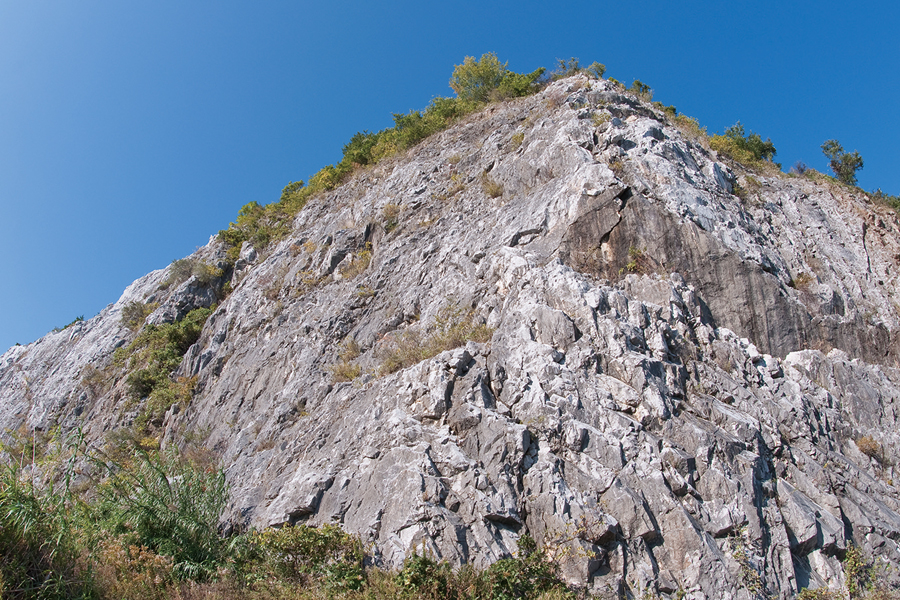
White village, a lime industry group in Akehama
In the Takayama area of Akehama Town, mining and manufacturing of limestone prospered, and limestone was even exported to the Korean Peninsula and Southeast Asia.
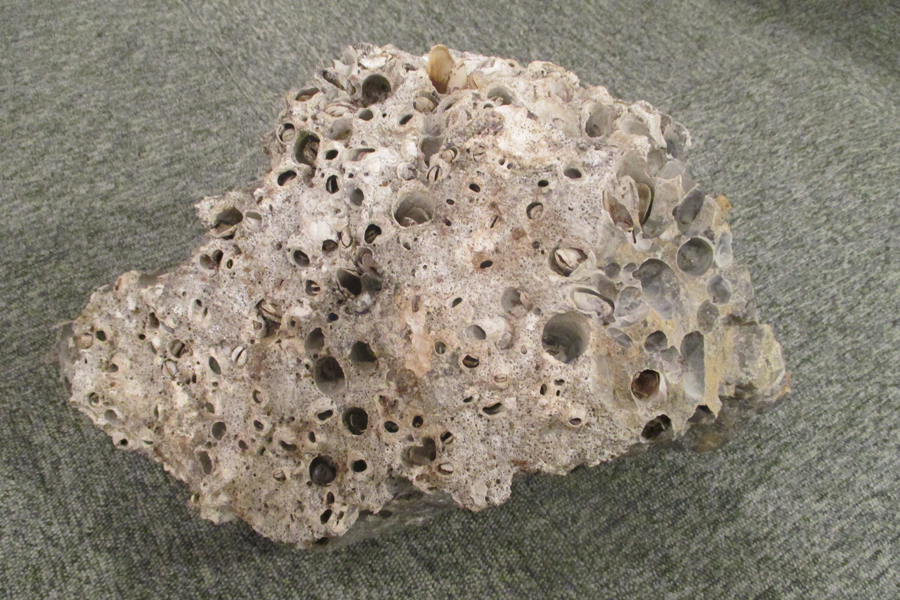
Custom of eating Udo shellfish, which live inside limestone
At one time, there was a custom in this area of shaving limestone, and collecting and eating the Udo shellfish that were in it.














